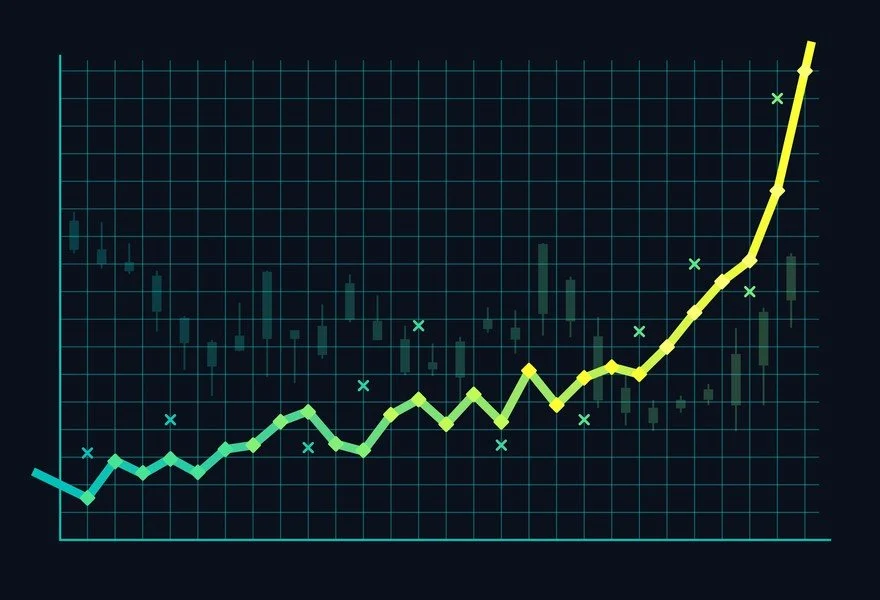
Subtitle: A clear, no‑jargon explanation of a complex or fast‑moving news item.
📢 Introduction
In today’s news cycle, any major story can be obscured by confusing jargon, layered political discourse, or constant updates that leave readers more lost than informed. At AlertingNews, we believe the most powerful stories deserve clear, straightforward explanations. In this article, we break down today’s top story step by step—so that whether you’re a busy professional, a student, or someone just staying in the loop, you can understand exactly what happened, why it matters, and what comes next.
We’ll outline:
- The quick overview
- The key facts and players
- Impact and implications
- A timeline of events
- Clarifications and misinterpretations
- What to watch next
All in plain English—no complicated language, no spinning headlines. Let’s dive in.
🧩 1. Quick Overview
Headline: “President Announces Emergency Stimulus Package as Tech Stocks Crash”
- What happened: The President unveiled a new emergency economic relief plan aimed at stabilizing markets after a sudden tech stock sell-off wiped out trillions in value.
- Big picture: Think of this like a booster shot for the economy—cash to businesses and individuals to keep things afloat when confidence tumbles.
Why keep reading?
This isn’t just another headline. It affects:
- Your job, your investments, your grocery bills.
- The future growth potential of the tech sector.
- Global markets tied to U.S. economic health.
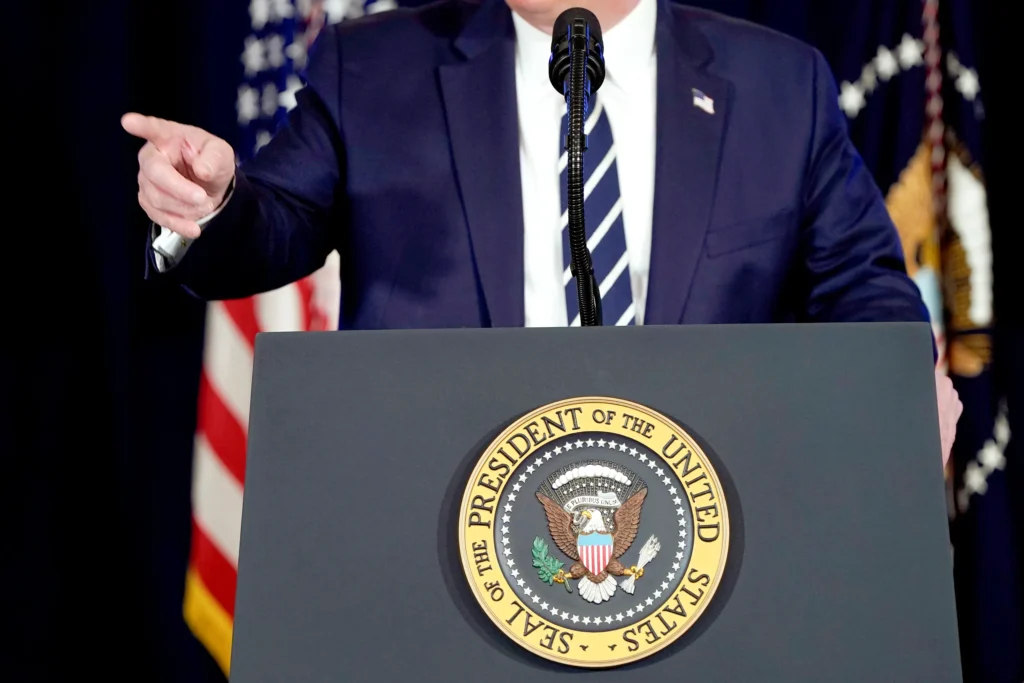
👤 2. Key Players & Stakes
Main players:
- The President – introducing the stimulus.
- Congress – has to approve it.
- Federal Reserve – coordinating monetary policy.
- Big Tech companies – hit by the crash.
- Everyday Americans – taxpayers, workers, and businesses in the small to mid-size range.
Why it matters:
- Policymakers want to stabilize markets and avoid a broader recession.
- Tech investors face months of uncertainty—will businesses rebound?
- Consumers, especially renters and those with small businesses, need clarity and security.
🧠 3. What’s Going On? Explained Clearly
A. The Crash
- Over the past week, tech giants lost over 20% in market value, triggered by fears of rising interest rates and global supply chain issues.
- When tech falls, everything feels shaky—big investors pull back, affecting housing, autos, even energy.
B. The Stimulus
- A $750 billion package targeting:
- Direct payments to households.
- Grants + loans to small/medium businesses.
- Tax breaks for families and stimulus checks.
- Modeled after past COVID-era relief, but faster and focused on tech-impact zones.
C. How It Works
- People: Receive $600 checks based on earnings.
- Businesses: Quick loans/grants to maintain payroll.
- Tax-offers: Delayed tax filing + deductions.
No financial jargon—just direct impact on wallets and livelihoods.
🕒 4. Timeline of Events
| Date | Event |
|---|---|
| June 10 | Tech market drops 15%—alarm rings. |
| June 12 | White House signals possible stimulus draft. |
| June 14 | President unveils Jrspackage; markets react slightly upward. |
| June 15–16 | Congress reviews, minor pushback on spending limits. |
| June 18 | Senate Finance Committee holds hearings; chip manufacturers testify. |
| June 20* | Vote scheduled—money expected in accounts by month’s end. |
*If the vote is delayed or amended, this section can be updated live.
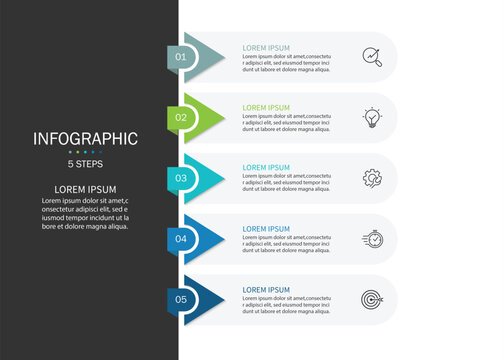
🔧 5. Clearing Up Misconceptions
Myth 1 – “It’s just another bailout.”
- Fact: This isn’t for failing companies; it’s for families and small businesses hit by market reverberations — targeted help, not a blank check.
Myth 2 – “The rich benefit most.”
- Fact: Most funds go to households earning less than $75K/year and small businesses under 50 employees.
Myth 3 – “It will cause runaway inflation.”
- Fact: The Fed plans to offset via future interest-rate tools. This package is much smaller than COVID relief.
🔭 6. Why This Matters — Short & Long Term
Short-Term Impact
- Consumer spending gets a boost.
- Business confidence increases—could slow the downward spiral.
- Market benchmark stability: Traders see backing, not abandonment.
Long-Term Effects
- Bridges a shaky period—could shift when the next recession hits.
- Sets precedent for government response to tech-driven sell-offs.
- Signals that public policy will step in for private-sector shocks.

🌍 7. Global Ripple Effects
- Europe/Asia markets rose 1–2% following U.S. stimulus news.
- U.S. allies like Canada, UK, and Australia are contemplating similar safetynets.
- GED: Emerging markets tied to tech exports stabilize.
Implication: this isn’t just an American story—it’s next month’s global story.
🧭 8. What to Watch Next
- Congress vote — amendments or roadblocks?
- Market stability — will the rebound hold?
- Consumer behavior — will people reinvest or debt paydown?
- Inflation markers — watch gas prices, grocery costs.
- Tech sector health — earnings reports upcoming in two weeks.

🎓 9. Explainer Sidebar: How Stimulus Actually Works
A crash course:
- Fiscal stimulus: direct cash vs indirect tax policy.
- Monetary policy vs fiscal policy – who does what.
- Role of Federal Reserve in rate-setting.
- Difference between stimulus and bailouts.
Provides a user-friendly glossary and mini-FAQ.
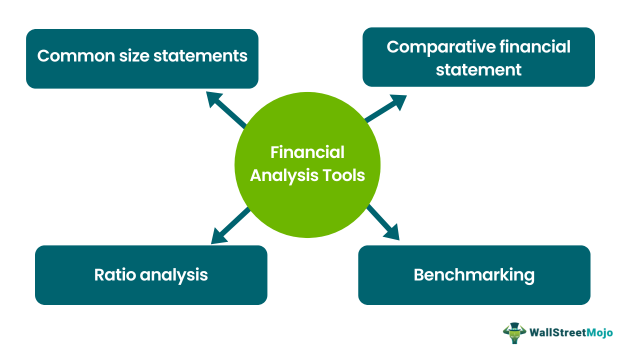
✔️ 10. Everyday Takeaways
- If you’re working in tech—you may see hiring or layoffs.
- If you’re a renter or small biz owner—you might get a check or loan.
- As a voter—you’ll want to note which politicians support/oppose this.
- As a consumer—you’ll notice quicker stabilization in prices and confidence.

📝 11. Summary
In plain terms:
- What happened: Tech crash triggered emergency relief.
- Why it matters: It’s about protecting real people & jobs.
- What to expect: Congress votes soon, cash flows later this month.
- Why to care: It shapes the economy you live in.







